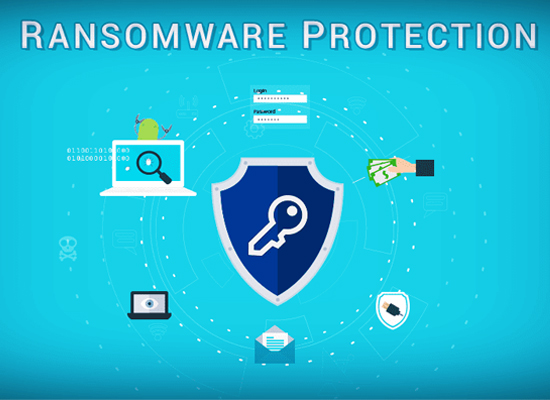
- BEST RANSOMWARE PROTECTION WINDOW 10 FREE FOR FREE
- BEST RANSOMWARE PROTECTION WINDOW 10 FREE INSTALL
- BEST RANSOMWARE PROTECTION WINDOW 10 FREE SOFTWARE
- BEST RANSOMWARE PROTECTION WINDOW 10 FREE PC
Untrusted sources can infect your computer with ransomware and other malware types.Please take a moment to familiarize yourself with our rules and check our regularly-updated wiki before posting.ĭo not post links to websites offering commissions, affiliate links, or sponsored installs.ĭo not intentionally link to malicious sites (links to VirusTotal and Hybrid Analysis are fine). Whether you’re downloading documents, movies, or videos, get them from trusted sources only.
BEST RANSOMWARE PROTECTION WINDOW 10 FREE PC
Using a VPN on public networks secures your PC from attempted hacks and prevents data and identity theft by malicious actors.įor a limited time only, get an extra 3 months when you sign up with ExpressVPN for only $6.67/mo. If you’re on campus or at the airport and need to use Wi-Fi, ensure you have a VPN installed on your PC.
BEST RANSOMWARE PROTECTION WINDOW 10 FREE SOFTWARE
Besides, keeping your antivirus software up to date protects your PC from emerging threats, including newer ransomware attacks. Operating system updates often come with security patches that seal potential vulnerabilities malicious actors can exploit. Keep Your PC and Antivirus Up to DateĪlways keep your computer up to date. Also, avoid using your USB devices on public computers or devices you don’t trust. Doing this quarantines and deletes any malware that may infect your PC. Scan Your PC and Peripheral Devices FrequentlyĪnother of the best practices is to scan and clean any USB sticks with an antivirus before opening them.
BEST RANSOMWARE PROTECTION WINDOW 10 FREE INSTALL
You can also install email scanning software to filter out potential threats and scan any downloaded attachments with an up-to-date antivirus to delete any attached ransomware.Īlso read: 9 Firefox Addons to Protect Your Online Privacy 4. To prevent the risk of malware, ensure you open emails from trusted senders only. Avoid Opening Suspicious Email AttachmentsĮmail attachments are a common way hackers attack computer systems. Also, block pop-ups from unknown sources and websites. Stay away from unfamiliar websites or links. Ransomware and other malware often spread through spam messages and unsafe websites.


Although you can opt for an external storage device, the risk of data loss is much lower with cloud storage.Īlso, external storage devices are susceptible to ransomware attacks if you connect them to an infected computer. One of the best practices is to back up essential data in the cloud. These tips will help you reduce the risk of ransomware attacks and data loss. Preventing future attacks is just as essential as finding solutions for them. However, that’s not enough to keep you safe. Here’s the good news: you can now fix most of these attacks using freely available tools. Ransomware attacks can be costly, especially to your personal and business data. VPN: Is One Better than the Other? Tips to Prevent Ransomware Attacks Like all of the other tools, AVG decryptor tools are free to download.Īlso read: Tor vs. Its tools can decrypt some common ransomware such as:
BEST RANSOMWARE PROTECTION WINDOW 10 FREE FOR FREE
It contains six different tools, and each can be downloaded for free from the website.ĪVG is another excellent place to get decryption tools if your PC gets hit by ransomware. No Ransom is a Kaspersky project that offers free and up-to-date decryption and ransomware removal tools. Ensure you get rid of all threats and potentially unwanted software (PUPs) before decrypting your files.Īlso read: 11 Legitimate Windows Processes that Can Look Like Malware 1. To prevent that risk from reoccurring, first scan your system with robust and up-to-date antivirus software. Even after decrypting ransomware, you’re still susceptible to reinfection.If you get these instructions wrong, you may make your problem worse. Make sure to read all instructions for each tool carefully before using it on your PC. Different companies employ varying methods with their tools. Some tools may decrypt ransomware of the same family, but no single tool can decrypt all ransomware. Each ransomware has its own unique decryption tool.Ransomware will identify itself either by its extension file or warning screen.

For you to decrypt any ransomware, you must identify it correctly, which is usually quite simple to do.


 0 kommentar(er)
0 kommentar(er)
